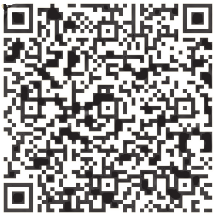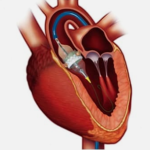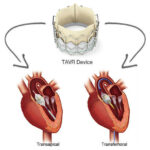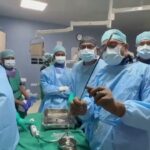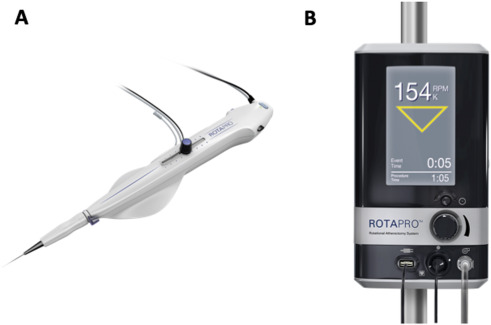 27 August, 2024
27 August, 2024
Single Operator Rotablation with Rotapro: A Breakthrough in Cardiac Care: A Breakthrough in Cardiac Care
In the ever-evolving field of cardiology, innovative technologies continue to reshape patient care and improve outcomes. One such advancement is the introduction of the Rotapro system, which allows for single operator rotablation procedures. This blog explores the significance of this technology, its benefits, and the procedure itself, as presented by Dr. A B Gopalamurugan.
Understanding Rotablation and Its Importance
Rotablation is a specialized technique used to treat severely calcified coronary arteries. It involves the use of a rotating burr to debulk the calcified material, allowing for better expansion of stents. Despite the efficacy of rotablation, its adoption has been limited, especially in countries like India, where the penetration rate is a mere three percent.
This low adoption rate is often attributed to the perception that rotablation is a complex procedure requiring two operators. However, the introduction of the Rotapro system aims to change this narrative by simplifying the process and making it more accessible to younger cardiologists.
The Rotapro System: Features and Benefits
The Rotapro system represents a significant advancement in rotablation technology. It is designed to be intuitive and user-friendly, reducing the complexities associated with traditional rotablation procedures. Here are some key features and benefits of the Rotapro system:
- Single Operator Capability: Unlike previous systems that required a second operator, the Rotapro allows for a single operator to perform the procedure effectively.
- Streamlined Design: The system consolidates multiple cables into one, reducing clutter and enhancing ease of use.
- No Foot Pedals: The removal of foot pedals simplifies the operation, allowing the cardiologist to focus on the procedure without the distraction of managing multiple controls.
- Dynamic Mode: The inclusion of a dynamic mode enables better control of the burr speed, providing flexibility during the procedure.
Case Presentation: A 55-Year-Old Female Patient
The demonstration of the Rotapro system was conducted on a 55-year-old female patient who presented with signs of myocardial infarction. An angiogram revealed a severely calcified right coronary artery with a discrete area of severe narrowing that was undilatable. This case exemplifies the need for effective rotablation to restore adequate blood flow.
Angiogram Analysis
During the angiogram, the right coronary artery appeared significantly calcified, showing minimal lumen area (MLA) indicative of dense calcium. The imaging highlighted a discrete narrowing in the mid-right coronary artery, confirming the need for rotablation. An intravascular ultrasound (IVUS) was performed to assess the extent of calcification and determine the appropriate burr size for the procedure.
Preparation for Rotablation
Preparation for the rotablation procedure involved several key steps:
- Access was gained through a seven French catheter from the right femoral artery and a six French catheter from the left femoral vein.
- A temporary pacing wire was placed in the right ventricular apex for patient safety during the procedure.
- The standard angioplasty wire was exchanged for a rotablation floppy wire, setting the stage for the rotablation process.
Demonstration of Single Operator Rotablation
With everything in place, the demonstration of single operator rotablation commenced. Dr. Gopalamurugan showcased how the Rotapro system allows for seamless operation without the need for a second operator. The steps included:
- Advancing the rotablation wire into the coronary artery using intuitive controls.
- Activating the dynamic mode to facilitate the advancement of the burr.
- Carefully monitoring the wire position to ensure stability during the procedure.
- Performing polishing runs to ensure optimal results.
The entire procedure was executed efficiently, highlighting the effectiveness of the Rotapro system in a single operator setting. The absence of a second operator did not compromise the quality or safety of the procedure, demonstrating the potential for broader adoption of rotablation techniques.
Advancements in Cardiac Care
The introduction of the Rotapro system signifies a shift in how cardiologists approach the treatment of calcified coronary arteries. By making rotablation more accessible and less intimidating, this technology has the potential to increase the number of patients who can benefit from this life-saving procedure.
Moreover, it empowers younger cardiologists to adopt advanced techniques without the need for extensive training or support. This democratization of cardiac care is crucial in a country like India, where the demand for effective treatments is high.
FAQ Section
What is rotablation?
Rotablation is a procedure used to treat severely calcified coronary arteries by using a rotating burr to debulk the calcified material.
Why is the Rotapro system important?
The Rotapro system simplifies the rotablation procedure, allowing it to be performed by a single operator, which increases accessibility and efficiency in treating patients.
What are the benefits of single operator rotablation?
Single operator rotablation reduces the need for additional personnel, streamlines the procedure, and empowers younger cardiologists to perform advanced techniques.
How does the Rotapro system differ from previous systems?
The Rotapro system consolidates multiple cables into one, eliminates foot pedals, and features a dynamic mode for better control, making it more intuitive and user-friendly.
Can rotablation be performed in all patients?
Rotablation is particularly effective for patients with severely calcified coronary arteries that are undilatable with conventional methods.




